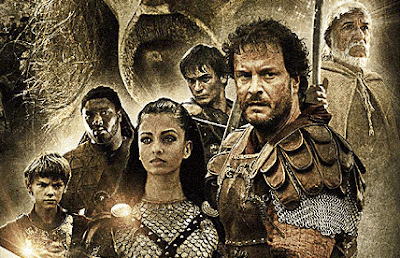SCRIPT TO SCREEN: Mad Max: Fury Road

Mad Max: Fury Road | George Miller | 2015 | Australia, USA | Format: 35 mm (anamorphic) (Kodak Vision 2383), D-Cinema (also 3-D version) | 120 min Mad Max is essentially one long chase scene. But what a complicated and thrilling chase scene it is. It surprises me none to find out that George Miller, the director, created a storyboard comic book to map out the shooting of the film from logistics to aesthetics. Storyboards and concept art are important tools for filmmakers but even moreso for filmmakers making action movies. Below is a compendium of links to articles on the making of Mad Max: Fury Road. Read, watch, enjoy but don't forget to take notes. The making of Mad Max: Fury Road (according to Wikipedia ) Development Plans for a fourth film in the Mad Max series hit financial difficulties and the project spent several years in " development hell ". [17] The idea for a fourth installment occurred to Miller in August 1998 when he was...

